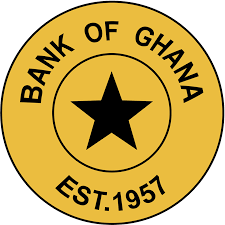This report provides an assessment of the performance of Ghana’s banking sector based on the aggregated financial statements of the sector, which consists of 23 banks as at end-August 2019.
The review shows that significant gains have been made since the onset of the banking sector reforms two years ago. In particular, a well-capitalised, solvent, liquid and profitable banking sector has emerged with improved financial soundness indicators.
Asset growth is robust, underpinned by sustained growth in deposits and higher capital levels while credit has continued to recover compared to the same period last year. Bank profitability has also improved on the back of increased business and cost savings.
Further, key Financial Soundness Indicators (FSIs) of the industry have significantly improved underscoring a more stable and resilient banking sector. The Capital Adequacy Ratio (CAR) is well above the regulatory minimum of 13 percent under the more stringent Capital Requirement Directive (CRD) under the Basel II/III framework. Liquidity and efficiency indicators broadly remain adequate.
Asset quality was improved with declines in both the outstanding stock of Non-Performing Loans (NPLs) as well as the NPL ratio during the period under review. The observed decline in NPLs is attributed to the continuous enforcement of the loan write-off policy and recoveries by some banks.








